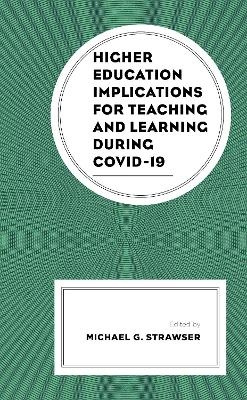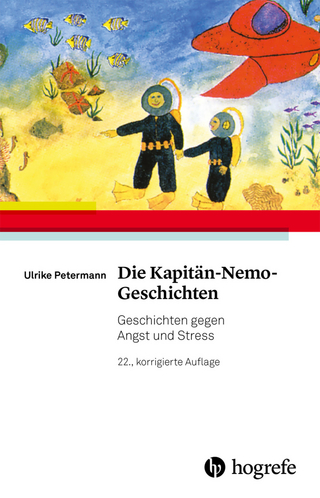
Higher Education Implications for Teaching and Learning during COVID-19
Lexington Books (Verlag)
978-1-7936-4978-2 (ISBN)
Higher Education Implications for Teaching and Learning during COVID-19 provides different perspectives regarding the impact of COVID-19 on college teaching and learning and on students, both collectively and individually. Contributors argue that the pandemic forced a higher education reckoning as institutions around the world were forced to shut their physical doors and open up their online platforms in a wider capacity. While these concerns are linked to a certain point in time, there is much we can learn from collective institutional responses to the pandemic-induced pivots to virtual teaching and learning. Scholars of higher education, organizational communication, and crisis communication will find this book particularly useful.
Michael G. Strawser is assistant professor of communication at the University of Central Florida.
Chapter 1: COVID-19 Implications: Students and college teaching,
Michael G. Strawser, Melissa Looney
Chapter 2: Narrative possibilities for students who shifted to online learning during COVID-19 and what these possibilities can mean for online education in the future,
E. Michele Ramsey
Chapter 3: College students’ perceptions of online learning during the pandemic,
Ben Alfonsin, Narissra M. Punyanunt-Carter
Chapter 4: Graduate Teaching Assistants’ Liminality and Post-COVID-19 Educational Legacy,
Sarah E. Riforgiate, Ali Gattoni, Sierra Renee Kane
Chapter 5: The impacts of COVID-19 on graduate teaching assistants: Insights for supervisors and administrators,
Laura Alberti, Jessica Beckham, Carrie E. Reif-Stice, L. Paul Strait, and Kathryn E. Anthony
Chapter 6: African American college students stress management and wellness during COVID-19,
Bryan Michael Jenkins, Tanya E. Gardner, Wei Sun
Chapter 7: A student-centered privacy model for responsible technology use,
Alexis Shore, Anisha Reddy, Carrie Klein
Chapter 8: Student perceptions of instructor communication amid class disruption: Lessons learned from the COVID-19 pandemic,
Kristen LeBlanc Farris, Luke A. Dye, Marian L. Houser, C. Erik Timmerman
Chapter 9: From sage on the stage to host with the most,
Diane Gayeski
Chapter 10: Connecting with students in the hybrid 2.0 classroom,
Diane Monahan
Chapter 11: Using human-centered design to improve the remote teaching and learning experience,
Maureen K. McLaughlin, Sarah J. McMahon
Chapter 12: How planned synchronous interventions can improve teaching in a Post-Covid world,
Samuel Boerboom, Melissa Boehm
Chapter 13: Harnessing the power of three online learning tools: Best practices for student engagement in distance learning courses,
Angela M. McGowan-Kirsch, Amanda Lohiser, Susan Sprangler
Chapter 14: Leveraging the disruption: A call to revisit the flipped classroom in post-COVID higher education,
Heather J. Hether
About the Authors
| Erscheinungsdatum | 09.03.2022 |
|---|---|
| Reihe/Serie | Generational Differences in Higher Education and the Workplace: Leading and Teaching Millennials and Generation Z |
| Co-Autor | Laura Alberti, Ben Alfonsin, Kathryn E. Anthony, Jessica Beckham |
| Zusatzinfo | 2 BW Photos, 3 Charts, 4 Tables |
| Verlagsort | Lanham, MD |
| Sprache | englisch |
| Maße | 160 x 239 mm |
| Gewicht | 549 g |
| Themenwelt | Sachbuch/Ratgeber ► Gesundheit / Leben / Psychologie ► Krankheiten / Heilverfahren |
| Sozialwissenschaften ► Kommunikation / Medien ► Kommunikationswissenschaft | |
| Sozialwissenschaften ► Pädagogik ► Erwachsenenbildung | |
| ISBN-10 | 1-7936-4978-2 / 1793649782 |
| ISBN-13 | 978-1-7936-4978-2 / 9781793649782 |
| Zustand | Neuware |
| Informationen gemäß Produktsicherheitsverordnung (GPSR) | |
| Haben Sie eine Frage zum Produkt? |
aus dem Bereich


